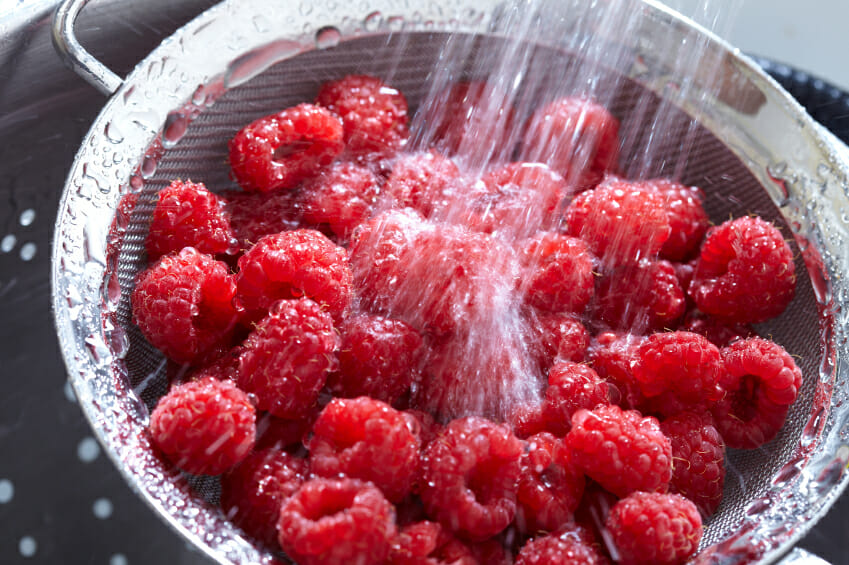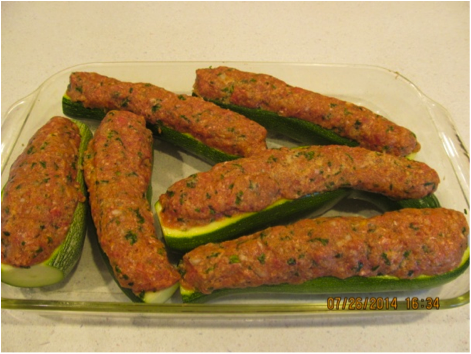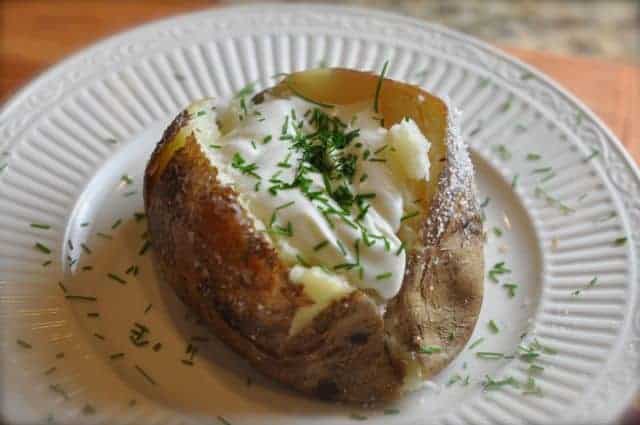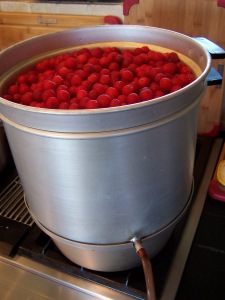
I am very excited about the great response I received from last week's announcement of the Savings for Sisters blog. It's nice to know that the letter is appreciated! I hope everyone enjoys the new features and sees this as a positive change for Savings for Sisters.
Click HERE if you missed last week's post or need help navigating the blog.
Last weekend my daughter and I went to the musical Wicked, and before the show we ate at The Cheesecake Factory. We got there ahead of the Friday night rush to allow plenty of time to peruse the very long menu. All around us people were enjoying delicious looking creations, and I had a hard time choosing what to order, finally settling on Chicken Marsala, a dish I have made at home (and featured some time ago in Savings for Sisters). When my plate arrived I was disappointed to find that I really didn't like it as well as my home-cooked version. The mushrooms were plentiful and delicious, but the pasta was very undercooked--so much so that I couldn't chew it at all and had to leave it behind. I also felt the sauce wasn't as flavorful as my home version. It's not often I enjoy a dish of my own more than having the same thing in a favorite restaurant, but this was one of those rare occasions.
It got me thinking that there are probably two reasons most people eat out. First, they want to enjoy a nice meal they had no hand in preparing (this is my biggest reason!) Second, they get the chance to try things they don't know how, or have any desire, to make themselves. This second reason is becoming less and less common now we can search the Internet for how to make almost anything at home--complete with pictures and step-by-step instructions. If so inclined, the home cook can become quite skilled at creating restaurant-quality meals.
Today I want to share a simple yet impressive restaurant-inspired idea for jazzing up a special meal for guests or just Sunday dinner for the fam: Iceberg Wedge Salad. Below are very easy instructions for how to make this, including tips for cleaning and crisping your head of iceberg as well as selecting and saving on what has become a very expensive item--bacon.
Speaking of bacon, two summers ago one could purchase Maceys Big Buy bacon for $.99 a package when it went on sale. Now the everyday price is $2.99, and I haven't seen a sale on it all summer. Even at this price, however, it's still the best buy around right now. You have to examine packages through the window at the back and be very selective, but your patience pays off when you run into packages that are even leaner than the best name brands.

 Iceberg Wedge Salad
Iceberg Wedge Salad
The day before serving:
1. Take your head of lettuce, turn it so the core side is down, and whack it hard on the countertop. The core will then pop out easily.
2. Hold the lettuce under cold running water so that the water runs in through the core opening. Dump the water out each time the head fills up. Don't have the stream of water so forceful that it breaks the head.
3. When you feel it's clean, place the head in your lettuce bowl the drain, core end down. Leave out for about a half hour, dumping the water that has accumulated in the bowl before refrigerating.
4. Cover tightly and leave in fridge several hours or overnight.
1. Fry several strips of bacon, cool, and break into small pieces.
2. Core and quarter 2 or 3 tomatoes, removing seeds with thumb, then dice small.
3. Peel and slice up a bunch of green onions, discarding the dark green tops.
4. With large, sharp knife, divide the head of lettuce carefully into 6 or 8 wedges (depending on how many you need and how big you head of lettuce is).
5. Drizzle each wedge with a good quality refrigerated Chunky Blue Cheese or Ranch Dressing, such as Lighthouse or Marie's.
7. Serve immediately or refrigerate briefly until ready to serve.
















































